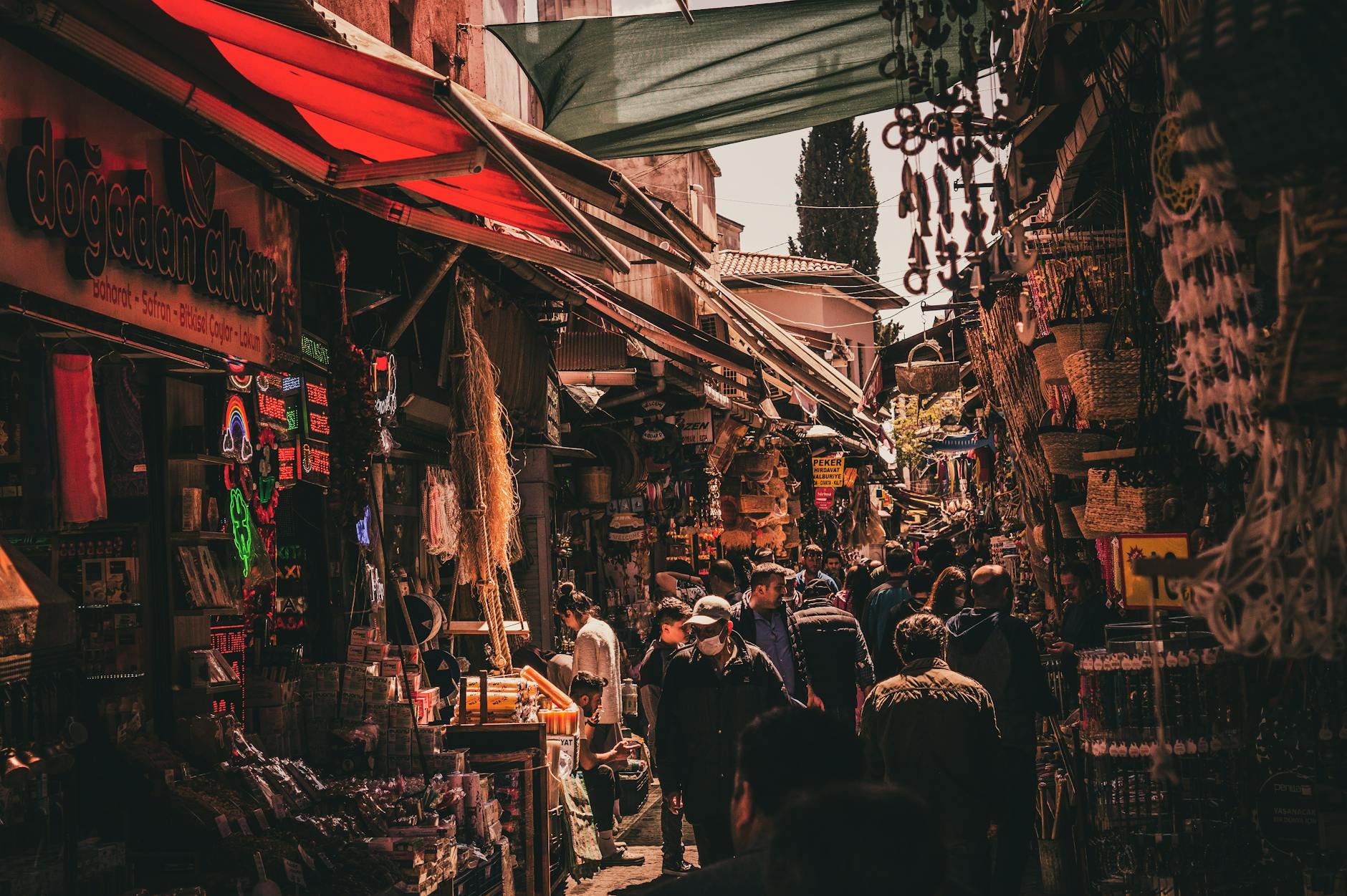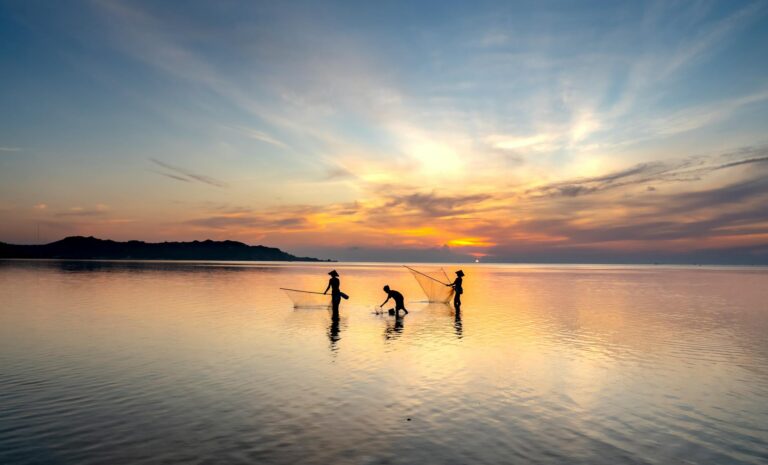Europe’s Gas Supply Is Hanging by a Thread—Here’s Why
Let’s be real—Europe’s energy situation right now? Not great. Just when you thought things couldn’t get worse after the whole Russia-Ukraine mess, tensions in the Middle East are throwing another wrench into the works. And guess what? Gas prices might be headed for another rollercoaster ride. Buckle up.
Why Europe’s Gas Supply Is Like a House of Cards
Here’s the thing: Europe imports almost all of its natural gas—like, 90%. That’s nuts. Norway’s been a solid supplier (about 30%), and yeah, Russian gas has dropped to around 15% since the war started. But now? The U.S. and Qatar are shipping in LNG like crazy, making up nearly 40% of Europe’s supply. Problem is, renewables aren’t scaling up fast enough to fill the gap, so Europe’s stuck playing the global market game.
And the market? Super unpredictable. One major disruption, and boom—prices shoot up. We’ve seen it before.
The Middle East Wildcard
Most people think of oil when they hear “Middle East,” but gas? That’s a huge deal too. Qatar’s the world’s biggest LNG exporter, and Iran’s sitting on massive reserves. Then there’s the Strait of Hormuz—this tiny shipping lane where 20% of the world’s LNG passes through daily. If something goes wrong there? Europe’s in trouble.
Remember 2019 when Saudi oil facilities got attacked? Prices spiked overnight. Now imagine that, but with gas. And winter’s coming. Not ideal.
What Could Go Wrong?
- Conflict escalates → shipping routes get risky.
- Panic buying starts → prices go nuts.
- Europe’s stuck paying premium prices for last-minute LNG shipments.
Europe’s Energy Security? More Like Insecurity
You’d think after the Russia disaster, Europe would’ve learned its lesson. Nope. LNG’s been a band-aid solution, but there’s a catch—Europe doesn’t have enough terminals to handle all those shipments. So even if more gas is available, the infrastructure’s lagging behind. Classic.
LNG’s got pros and cons:
- Good: It’s flexible, doesn’t rely on pipelines.
- Bad: Crazy expensive, and every country’s fighting for the same shipments.
Russia’s Still in the Picture (Unfortunately)
Europe cut Russian pipeline gas imports big time—down to 15% from 40% before the war. But here’s the kicker: some Russian LNG is still slipping through. Plus, shady middlemen are finding ways around sanctions. Storage’s at 95% capacity, so this winter might be okay… unless things go sideways.
And let’s not forget—winter means higher demand. If it’s a brutal one, those reserves could drain faster than anyone expects.
The Bigger Problem: Asia’s Hogging All the Gas
While Europe’s scrambling, China and India are locking down long-term LNG contracts like there’s no tomorrow. That leaves Europe stuck buying whatever’s left on the spot market—which, surprise, costs way more. The solution? Speed up renewables and build better infrastructure. But that takes time, and time’s not on Europe’s side.
What Needs to Happen
- More wind and solar—like, yesterday.
- Better pipelines to tap other suppliers (Azerbaijan, anyone?).
Bottom Line
Europe’s energy strategy right now? Basically crossing fingers and hoping for the best. The Middle East conflict’s just the latest threat in a long line of them. LNG’s helping, but it’s not a real fix. If Europe doesn’t get its act together soon, we’re looking at more price shocks, political headaches, and—worst-case scenario—people shivering through winter. Not a great look.
Source: Financial Times – Companies












